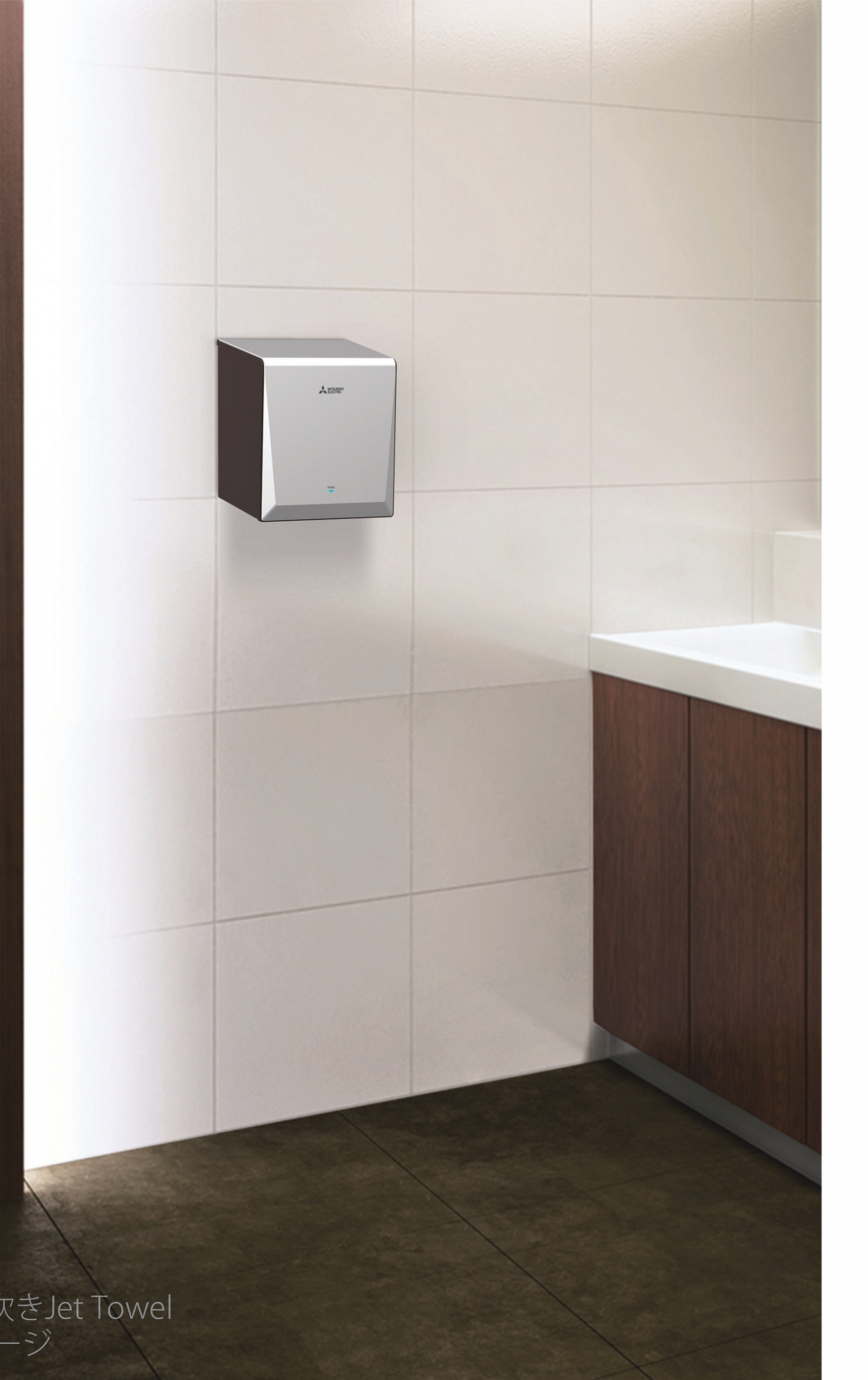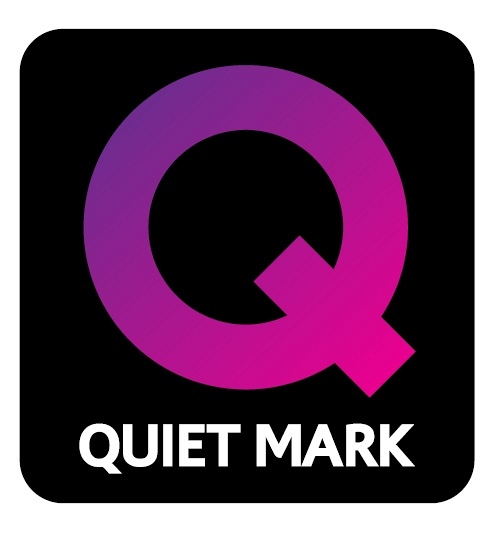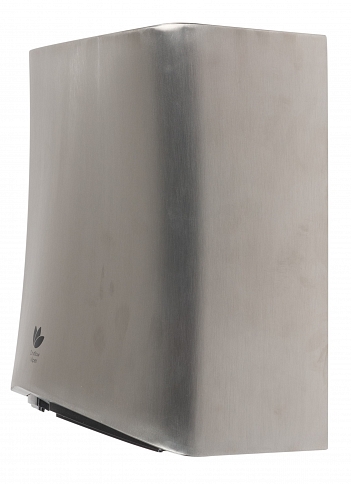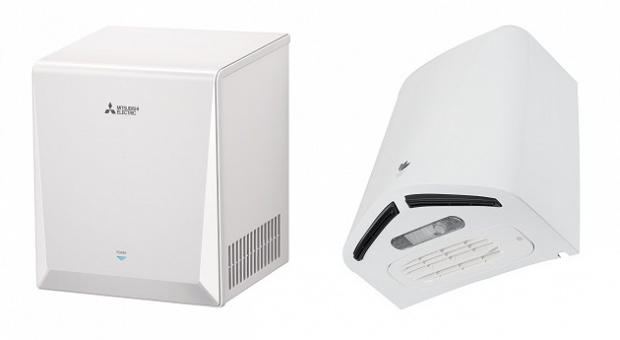16th March 2018
Continuing the series of “Which Hand Dryer” would you choose based on head to head comparisons, we bring you the Mitsubishi Electric Jet Towel Smart and the Dryflow Viper. Both utilise a bladed style air outlet designed to dry the hands simultaneously whilst scraping moisture off them. The house hold name of Mitsubishi Electric brings with it innovation and quality as standard, however you will see why the Dryflow Viper is proving to be a very popular choice by consumers. Both dryers are quiet in operation, with good dry times despite this factor. They can both be set to very low energy consumption saving costs and being good for the environment. The Mitsubishi Electric Jet Towel Smart includes a heater element that can be switched off, giving flexibility to change settings to user and environmental requirements. The Dryflow Viper has the same flexibility as standard as you can also turn the heater element on or off to suit.
So which one would you choose? Read on to help with your decision
Performance
During in-house testing (see video), the Dryflow Viper has been shown to successfully dry the hands in under 15 seconds. This is a very respectable dry time for a hand dryer as there are only a few on the market that do dry around the 10 – 12 seconds mark, contrary to what manufacturers sometimes wrongly state. It should be noted that this performance is not at detriment to the sound produced as you will see in a later section.
The Mitsubishi Electric Jet Towel Smart is stated to have a dry time of between 9 and 17 seconds depending upon the model or settings selected.
In our in house testing video that can been seen below. We have shown that drying times between 11 – 18 seconds are possible using the drying method Mitsubishi Electric recommend. This is dependent upon which setting is chosen.
Both the Jet Towel Smart and the Viper have 2 bladed air outlets, which are designed to scrape water off the hands at the same time, i.e. a blade of air per hand. The Smart’s design means that the total area the blade covers is 15cm (approx. 7.5cm per hand). The Viper has 2 angled blades of air which allow for water to be forced away from the user. We have also found that the Viper is geared to create an airflow suited better to larger hands. This is because the Vipers air outlets are each 11cm long, therefore covering a larger surface area.
The Smart has a 0.1 sec response time for the motor to get to full speed from the moment it senses the hands. Other hand dryers can take a bit more time to get to full speed, therefore you get the full force of the Smarts airflow almost instantly. This increases dry time and saves energy.
Shape, durability and usage

The Viper is protected as standard against dripping water. Therefore, if located correctly will give no unusual safety concerns. The Smart however has an IP rating of IPX3 so is protected against sprayed water. This means that if the location you are planning to place the hand dryer has the chance of moisture being sprayed on to the unit from a water source, the Mitsubishi Electric is better protected. This protection requirement is unique to the location the hand dryer is to be sited. An IPX1 hand dryer such as the Viper is more than adequately protected in normal washroom environments.
We would recommend that both hand dryers would be suitable for mid-level traffic daily. This would mean that their motors would comfortably withstand up to 300 users a day. The Smart is stated as being tested up to 700 hours continuous use and the Viper 1500 hours. However, the Mitsubishi Electric test was the most rigorous test in the industry and was performed to military standards. Therefore, we are more than happy to recommend this hand dryer for standard daily use suitable for medium traffic locations.
Noise levels
The Smart is certainly a quiet in operation hand dryer and
The Dryflow Viper has been tested from 1m and has a noise level of between 70 – 74dB. It should be noted however that for a high-speed hand dryer this really is a one of the quietest with a good dry time. So much so that it has also passed the stringent Quiet Mark accreditation, making it one of the quietest hand dryers in its class.
Both hand dryers have adjustable motor speeds, so noise levels can be reduced further should this be required.
Energy efficiency
As stated, the Jet Towel Smart has 2 models you can purchase. The unheated version has a rated power between 410 – 730W as you can change the motor speed if required. The heated version allows you to be able to run the unit the same as the unheated version, but you can also switch on a heater element should the need arise. This is usually for user comfort rather than improving the drying time as it is the speed of the airflow that dries the hands in modern hand dryers, not heat evaporation. Even with the heater element engaged you can run this hand dryer at a maximum of 980W which is still a very low rated power in terms of energy savings.
The Viper does run at 2kW rated power when the heater element is engaged which does make it quite energy hungry at this setting. So, if you are looking for a hand dryer that provides heat to the airflow for user comfort, this may not be the most economical of choices. However, if you are looking to add heat to the air flow infrequently, then the rise in costs would be negligible. In a mid-use location, the hand dryer will be receiving frequent use, so residual heat from the motor will provide heat to the airflow anyway. By switching the heater element off you reduce the rated power in the Viper to between 600 – 800W making it a real contender as one of the lowest energy consuming, high speed hand dryers around.

Adjustments
Just to highlight the adjustments available that have been mentioned throughout the post, here they are in full:
Mitsubishi Electric Jet Towel Smart Lite unheated: Has no heater element but you can change the airspeed to reduce noise levels should this be required.
Mitsubishi Electric Jet Towel Smart: Here you have the same settings as standard as the Lite unheated, with the same capabilities of reducing the motor speed. However, in this model you can choose to have the heater element turned on or off for user comfort.
The Dryflow Viper: You can reduce the motor speed at the flick of a switch and you can also turn off the energy consuming heater element should you wish.
In most locations, if a hand dryer has a heater element that can be switched on or off, it is switched on during the colder winter months and switched off in the warmer summer months. This is because as stated above, the heater element in a modern high-speed hand dryer does not really influence the drying time as the hands are dry before evaporation can take place. It is there purely from user comfort and drying perceptions.
Added extras
The Smart is NSF certified and has metal ions added to resin inserted in plastic surfaces to prevent the growth of bacteria. It also has an air filter which catches dirt and microbes in the air before they are blown onto the hands. The Viper also comes with a microbe catching filter as standard.
Guarantees
The Mitsubishi Electric Smart comes with a 1 years guarantee
The Dryflow Viper comes with a 3 years guarantee
Final Thoughts
You will have seen from above that the Mitsubishi Electric Jet Towel Smart and the Dryflow Viper have similar features but differ slightly in their delivery. If speed of dry is your primary concern then the Smart would be the favourite. If energy efficiency, even with a heater element engaged is your priority then the Smart would tip the balance here, although running the Viper without a heater element certainly makes it one of the most energy efficient hand dryers with a fast-dry time.
The size of the Smart may sway some as it certainly takes up less wall space than the Viper. But as discussed, the larger size of the Viper does have its benefits in some situations and it certainly doesn’t take up too much room in general. The Viper may also look more attractive to people, yet beauty is in the eye of the beholder.
The Smart and Viper both have filters that separate air particles from the airflow before it is blown onto the hands. The Smart however goes the extra mile with its NSF accreditation and antibacterial coatings. So this may sway you towards the Smart.
Both utilise bladed airflow to great effect, however the larger surface area of airflow produced by the Viper does have its benefits. Mitsubishi Electric is obviously a well-known brand and a 5-year guarantee is a great offering on a quality assured hand dryer. That said the construction of the Viper is exceptional and the lengthy warranty offered on this unit provides peace of mind to any customer.
So, have you decided? Which one would better suit your needs? If you are still undecided please do not hesitate to contact us for more information. We can also arrange samples to be sent to you to test for yourselves the performance of these hand dryers.
-----------------------------------------------
For more information or for help in finding your ideal hand dryer, please contact us on 1300 HANDRYER, use our contact us page by clicking here or click to visit the website. You can also use our Intelligent Search Tool that helps you identify the perfect dryer for your location by clicking here
In the trade? Don't forget we can set you up with a trade account for your purchases.
We have wholesaler, contractor, public sector and charity discounts available, please don't hesitate to ask or find out more information by clicking here.


